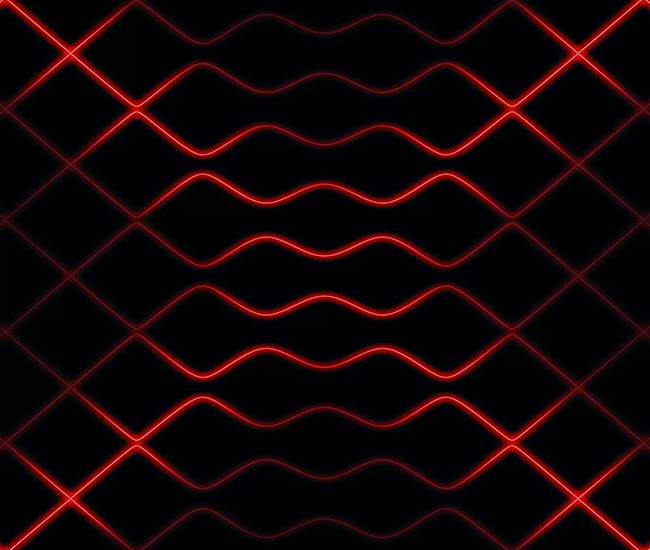The Condensed Matter Dynamics group is led by Prof. Andrea Cavalleri and focuses on non-equilibrium phenomena in quantum materials. In particular, we investigate how electronic and structural order can emerge as a result of external drives and how transitions occur in complex solids dynamically. Light-control of superconductivity, ferroelectricity, magnetism and topology have been at the centre of our research.
Recent Research Highlights














Optically-Driven Superconductivity
Resonant enhancement of photo-induced superconductivity in K3C60
E. Rowe et. al., Nature Physics , 19, 1821–1826 (2023)
Photomolecular High-Temperature Superconductivity
M. Buzzi et. al., Physical Review X 10, 031028 (2020)
Amplification of Superconducting Fluctuations in Driven YBa2Cu3O6+x
M. Budden et. al., Nature Physics, 17, 611–618 (2021)
Possible light-induced superconductivity in K3C60 at high temperature
M. Mitrano et. al., Nature, 530, 461–464 (2016)
more ...
Optically Driven Superconductivity in Organic Materials
Resonant enhancement of photo-induced superconductivity in K3C60
E. Rowe et. al., Nature Physics , 19, 1821–1826 (2023)
Photomolecular High-Temperature Superconductivity
M. Buzzi et. al., Physical Review X 10, 031028 (2020)
Evidence for metastable photo-induced superconductivity in K3C60
M. Budden et. al., Nature Physics, 17, 611–618 (2021)
Possible light-induced superconductivity in K3C60 at high temperature
M. Mitrano et. al., Nature, 530, 461–464 (2016)
more ...
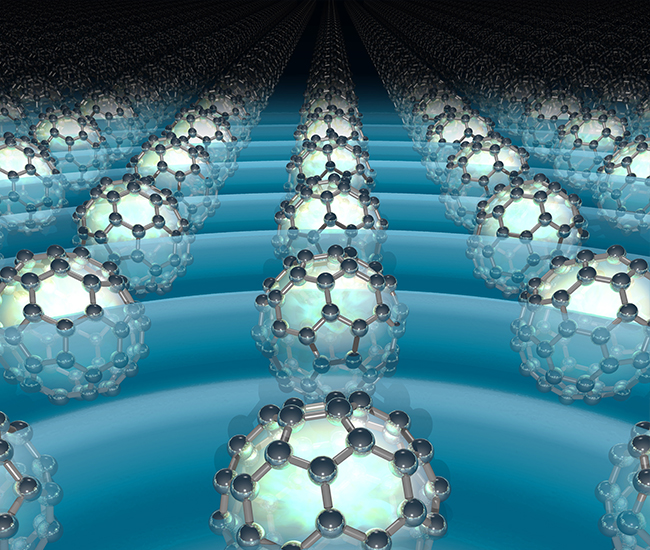
Light-Induced Superconductivity in High-TC Cuprates
Pump Frequency Resonances for Light-Induced Incipient Superconductivity in YBa2Cu3O6.5
B. Liu et. al., Physical Review X 10, 011053 (2020)
Optically enhanced coherent transport in YBa2Cu3O6.5 by ultrafast redistribution of interlayer coupling
W. Hu et. al., Nature Materials, 13, 705–711 (2014)
Light induced Superconductivity in a Stripe-ordered Cuprate
D. Fausti et. al., Science, 331, 6014 189-191 (2011)
more ...
Light-Induced Superconductivity in High-TC Cuprates
Pump Frequency Resonances for Light-Induced Incipient Superconductivity in YBa2Cu3O6.5
B. Liu et. al., Physical Review X 10, 011053 (2020)
Optically enhanced coherent transport in YBa2Cu3O6.5 by ultrafast redistribution of interlayer coupling
W. Hu et. al., Nature Materials, 13, 705–711 (2014)
Light induced Superconductivity in a Stripe-ordered Cuprate
D. Fausti et. al., Science, 331, 6014 189-191 (2011)
more ...
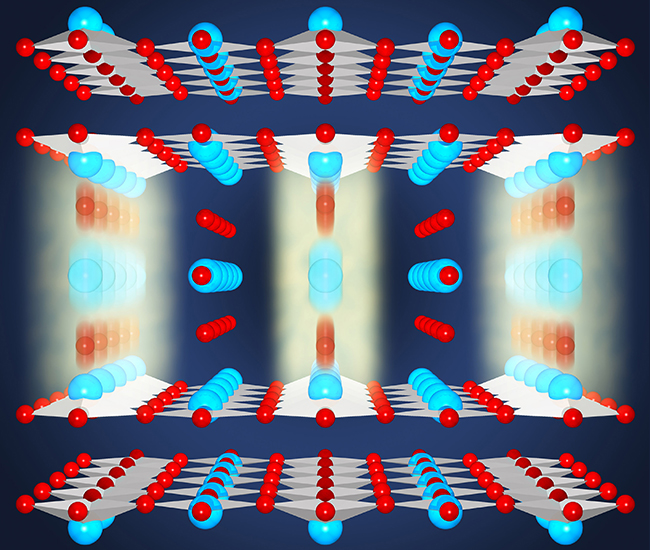
Nonlinear spectroscopies of superconductors
Amplification of superconducting fluctuations in driven YBa2Cu3O6+x
A. von Hoegen et. al., Physical Review X, 12, 031008 (2022)
Probing optically silent superfluid stripes in cuprates
S. Rajasekaran et. al., Science, 369, 6375, 575-579 (2018)
Parametric amplification of a superconducting plasma wave
S. Rajasekaran et. al., Nature Physics, 12, 1012–1016 (2016)
more ...
Nonlinear spectroscopies of superconductors
Amplification of superconducting fluctuations in driven YBa2Cu3O6+x
A. von Hoegen et. al., Physical Review X, 12, 031008 (2022)
Probing optically silent superfluid stripes in cuprates
S. Rajasekaran et. al., Science, 369, 6375, 575-579 (2018)
Parametric amplification of a superconducting plasma wave
S. Rajasekaran et. al., Nature Physics, 12, 1012–1016 (2016)
more ...
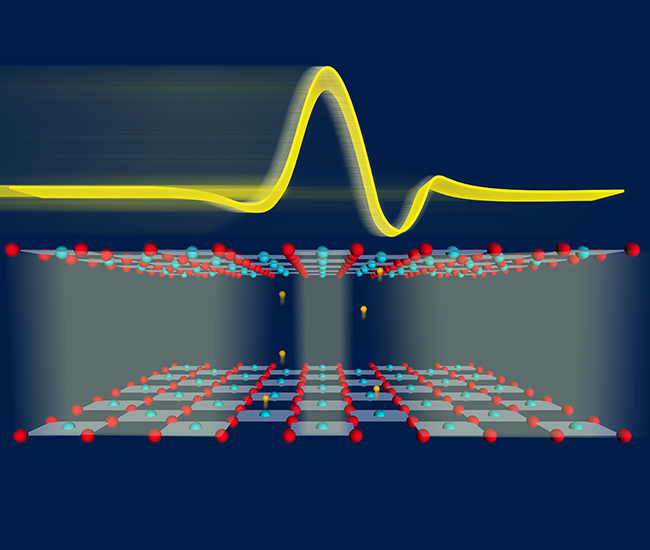
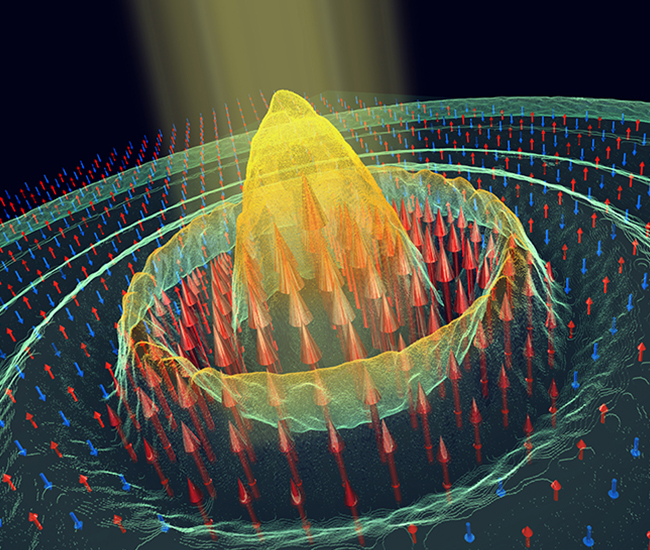
Optical control of magnetism
Photo-induced high-temperature ferromagnetism in YTiO3
A. Disa et. al., Nature, 617, 73–78 (2023)
Polarizing an antiferromagnet by optical engineering of the crystal field
A. S. Disa et. al., Nature Physics 16, 937–941 (2020)
An effective magnetic field from optically driven phonons
T. F. Nova et. al., Nature Physics, 13, 2, 132–136 (2017)
more ...
Optical control of magnetism
Photo-induced high-temperature ferromagnetism in YTiO3
A. Disa et. al., Nature, 617, 73–78 (2023)
Polarizing an antiferromagnet by optical engineering of the crystal field
A. S. Disa et. al., Nature Physics 16, 937–941 (2020)
An effective magnetic field from optically driven phonons
T. F. Nova et. al., Nature Physics, 13, 2, 132–136 (2017)
more ...
Nonlinear Phononics
Nonlocal nonlinear phononics
M. Henstridge et. al.,Nature Physics, 18, pages 457–461 (2022)
Probing the interatomic potential of solids with strong-field nonlinear phononics
A. von Hoegen et. al., Nature, 555, 79–82 (2018)
Nonlinear lattice dynamics as a basis for enhanced superconductivity in YBa2Cu3O6.5
R. Mankowsky et. al., Nature 516 , 71–73 (2014)
more ...
Nonlinear Phononics
Nonlocal nonlinear phononics
M. Henstridge et. al.,Nature Physics, 18, pages 457–461 (2022)
Probing the interatomic potential of solids with strong-field nonlinear phononics
A. von Hoegen et. al., Nature, 555, 79–82 (2018)
Nonlinear lattice dynamics as a basis for enhanced superconductivity in YBa2Cu3O6.5
R. Mankowsky et. al., Nature 516 , 71–73 (2014)
more ...
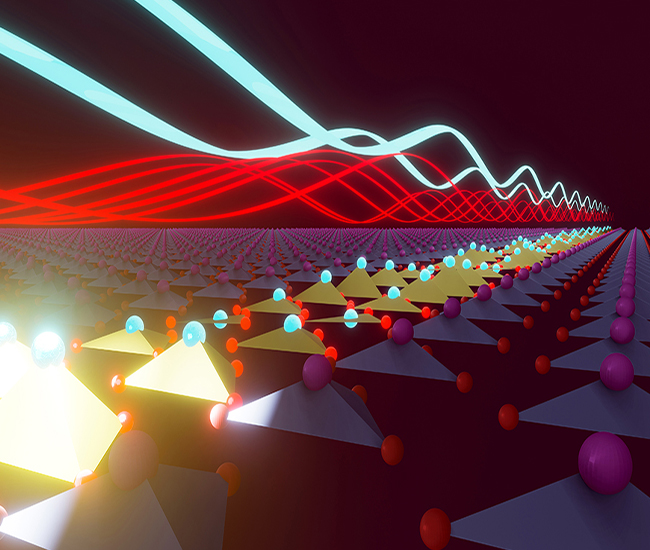
Optical Control of Ferroelectricity
Quenched lattice fluctuations in optically driven SrTiO3
M. Fechner et. al., Nature Materials, 23, 363–368 (2024)
Metastable ferroelectricity in optically strained SrTiO3
T. Nova et. al., Science, 364, 6445, 1075-1079 (2019)
Ultrafast reversal of the ferroelectric polarization
R. Mankowsky et. al., Physical Review Letters, 118, 197601 (2017)
more ...
Optical Control of Ferroelectricity
Quenched lattice fluctuations in optically driven SrTiO3
M. Fechner et. al., Nature Materials, 23, 363–368 (2024)
Metastable ferroelectricity in optically strained SrTiO3
T. Nova et. al., Science, 364, 6445, 1075-1079 (2019)
Ultrafast reversal of the ferroelectric polarization
R. Mankowsky et. al., Physical Review Letters, 118, 197601 (2017)
more ...

Light-Induced Topological States
Light-induced anomalous Hall effect in graphene
J. W. McIver et. al., Nature Physics,16, 38–41( 2020)
Light-Induced Topological States
Light-induced anomalous Hall effect in graphene
J. W. McIver et. al., Nature Physics,16, 38–41( 2020)
